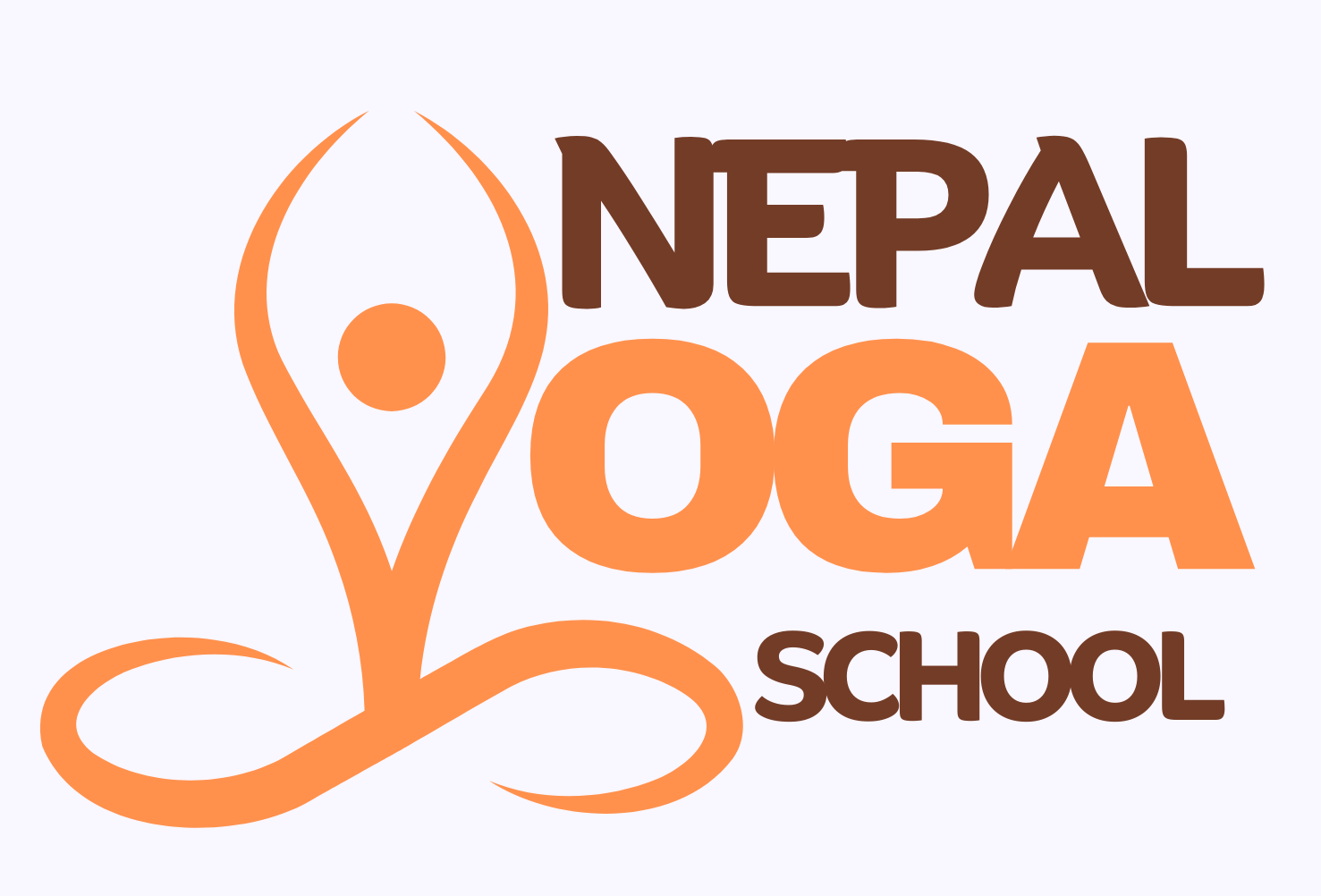Yoga and meditation are two ancient practices that complement each other beautifully. Yoga focuses on physical postures (asanas) and breath control, while meditation centers on the mind, bringing stillness and peace. Together, they form a powerful combination that can transform both body and mind. Meditation yoga integration is the practice of merging meditation into your yoga routine, creating mindfulness in every movement and breath.
This guide will explore how you can seamlessly integrate meditation into your yoga practice to deepen your sense of awareness, improve focus, and enhance your overall well-being. By embracing meditation yoga integration, you can elevate your yoga experience to a new level of mental clarity and emotional balance.
The Connection Between Yoga and Meditation
Both yoga and meditation are rooted in mindfulness and self-awareness. Yoga helps prepare the body for meditation by releasing physical tension and calming the nervous system, while meditation helps the mind focus and cultivate inner peace. When these two practices are integrated, they create a synergy that magnifies their benefits. The concept of meditation yoga integration goes beyond simply practicing meditation before or after yoga. It involves infusing mindfulness into every movement, breath, and thought during your yoga session.
By combining the physical practice of yoga with the mental stillness of meditation, you create a holistic approach to wellness. This blend helps you stay present, improves concentration, and allows you to connect deeply with your body and mind.
Benefits of Meditation Yoga Integration
Integrating meditation into your yoga practice offers a range of physical, mental, and emotional benefits:
- Enhanced Mindfulness
The primary benefit of meditation yoga integration is enhanced mindfulness. Instead of focusing solely on achieving the perfect posture, this practice encourages you to be fully present in each movement. Every stretch, every breath becomes an opportunity to tune into your body and mind. - Improved Focus and Concentration
When you bring meditation into your yoga practice, you sharpen your focus. Rather than allowing your mind to wander, you concentrate on the present moment, deepening your connection with your practice. Meditation yoga integration enhances mental clarity, making it easier to stay focused both on and off the mat. - Reduced Stress and Anxiety
Both yoga and meditation are known for their ability to reduce stress and anxiety. When combined, they create a powerful tool for managing stress. Meditation yoga integration helps calm the nervous system, lowers cortisol levels, and promotes a sense of inner peace. - Better Emotional Balance
By integrating meditation into your yoga routine, you become more aware of your emotions. This heightened self-awareness allows you to process and release negative emotions, leading to greater emotional stability and resilience. - Deeper Connection with Your Body
Meditation encourages a heightened sense of awareness, which extends to your body when practiced during yoga. Meditation yoga integration helps you tune into the subtle sensations in your body, improving body awareness and helping prevent injuries by ensuring you move mindfully. - Improved Physical Alignment and Breath Control
Meditation can enhance your ability to focus on your breath and posture. As you become more aware of your body’s movements through meditation yoga integration, your physical alignment improves, making your practice more effective and safe. - Increased Patience and Compassion
As you develop greater mindfulness through meditation yoga integration, you also cultivate patience and compassion—both for yourself and others. You learn to observe your thoughts without judgment, allowing you to approach challenges with a calm and open mind.
How to Integrate Meditation into Your Yoga Practice
Incorporating meditation yoga integration into your routine doesn’t require any special equipment or advanced techniques. It’s simply about bringing awareness to your practice and being fully present in the moment. Here’s how you can start integrating meditation into your yoga sessions:
- Set an Intention
Before you begin your yoga practice, take a few moments to set an intention. This could be as simple as committing to stay mindful throughout the session or focusing on a specific goal like reducing stress or cultivating inner peace. Setting an intention helps guide your practice and keeps you grounded in mindfulness. - Focus on Your Breath
One of the simplest ways to integrate meditation into your yoga practice is by focusing on your breath. In meditation yoga integration, the breath acts as an anchor for your awareness. As you move through different poses, pay close attention to your inhalations and exhalations. Notice how your breath feels, and try to synchronize it with your movements. - Move with Mindfulness
Instead of rushing through your yoga poses, take time to move mindfully. Pay attention to the sensations in your body as you transition from one pose to another. With meditation yoga integration, each movement becomes a meditation in itself. Move slowly, stay present, and focus on how your body feels in each posture. - Pause Between Poses
In traditional yoga, there are often brief pauses between poses. Use these moments to reconnect with your breath and bring your awareness back to the present. These pauses provide an opportunity for mini-meditations throughout your practice, enhancing your sense of mindfulness. - Include a Meditation Session at the End
After you’ve completed your physical yoga practice, take a few minutes to sit in stillness and meditate. This can be a seated meditation where you focus on your breath or a body scan where you bring awareness to different parts of your body. Including a meditation session at the end of your practice helps seal the benefits of meditation yoga integration and leaves you feeling calm and centered. - Use Mantras or Affirmations
Incorporating mantras or affirmations into your practice can deepen your sense of mindfulness. Choose a word or phrase that resonates with you, such as “peace” or “I am calm.” Repeat this mantra silently or aloud as you move through your poses. Meditation yoga integration with mantras helps focus your mind and align your energy. - Practice Non-Judgmental Awareness
Meditation is about observing your thoughts and feelings without judgment, and this principle applies to yoga as well. During your practice, be mindful of any negative self-talk or judgments that arise. Instead of criticizing yourself for not achieving a perfect pose, practice self-compassion and acceptance. Meditation yoga integration teaches you to embrace where you are in your practice without striving for perfection.
Guided Meditation for Yoga
If you’re new to meditation yoga integration, a guided meditation can be a helpful tool. Many yoga instructors incorporate guided meditations into their classes, but you can also use apps or online resources to guide you through meditation during your personal practice. Here’s a simple guided meditation you can try before or after your yoga session:
- Find a Comfortable Seated Position
Sit cross-legged on your yoga mat with your hands resting on your knees. Close your eyes and take a few deep breaths, allowing your body to relax. - Focus on Your Breath
Bring your attention to your breath. Inhale deeply through your nose, feeling your belly expand. Exhale slowly, releasing any tension. Continue breathing deeply and evenly, allowing your breath to anchor your awareness. - Observe Your Thoughts
As you breathe, notice any thoughts that arise in your mind. Instead of engaging with these thoughts, simply observe them as if they were clouds passing by in the sky. Allow them to come and go without judgment. - Repeat a Mantra
Choose a simple mantra, such as “peace” or “I am calm.” As you inhale, silently say the first part of the mantra. As you exhale, repeat the second part. Continue this pattern for several minutes, using the mantra to focus your mind. - Bring Your Awareness to Your Body
After a few minutes, shift your awareness to your body. Starting at the top of your head, slowly bring your attention to each part of your body, noticing any sensations or areas of tension. Continue down to your feet, scanning your entire body with mindful awareness. - Close with Gratitude
Once you’ve completed the body scan, take a moment to express gratitude for your practice and the opportunity to connect with your body and mind. When you’re ready, slowly open your eyes and return to the present moment.
Common Challenges in Meditation Yoga Integration
While meditation yoga integration can offer incredible benefits, it’s not without its challenges. Many people struggle with staying focused during their practice, especially if they are new to meditation. Here are some common challenges and how to overcome them:
- Restless Mind
It’s common for the mind to wander during meditation. If you find yourself distracted by thoughts, gently bring your attention back to your breath or mantra. Remember, meditation is a practice, and it’s normal to experience moments of distraction. - Physical Discomfort
Sitting still for extended periods can be uncomfortable, especially if you’re new to meditation. Try to find a comfortable seated position that supports your body, or practice lying down if needed. Incorporating gentle yoga poses before meditation can also help release tension and prepare your body for stillness. - Impatience or Frustration
It’s easy to become frustrated if you don’t see immediate results from meditation yoga integration. Remember that mindfulness is a gradual process, and the benefits will come with consistent practice. Be patient with yourself and trust the journey. - Time Constraints
If you’re short on time, you may feel that you can’t fit both yoga and meditation into your routine. However, even a few minutes of mindful breathing or a quick meditation session can have a significant impact. Start small and gradually increase the length of your practice as you become more comfortable with meditation yoga integration.
Conclusion
Meditation yoga integration is a powerful practice that combines the physical benefits of yoga with the mental clarity of meditation. By bringing mindfulness into every movement and breath, you can deepen your connection to your practice, reduce stress, and cultivate emotional balance. Whether you’re a seasoned yogi or new to yoga, integrating meditation into your routine will enhance your sense of well-being and create a greater sense of peace and presence in your life

